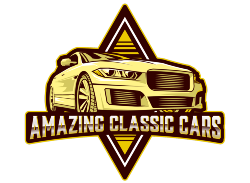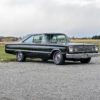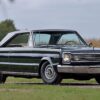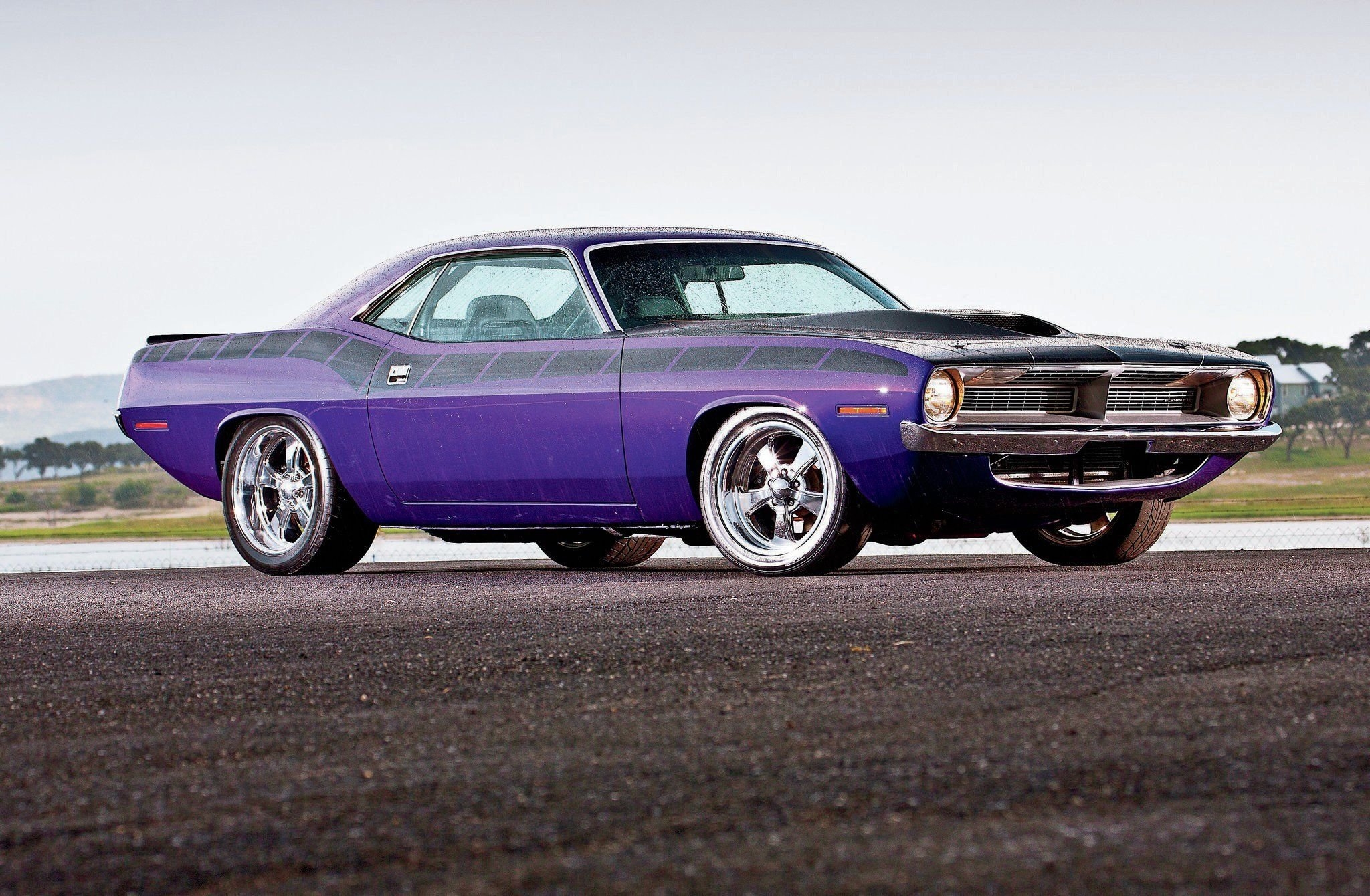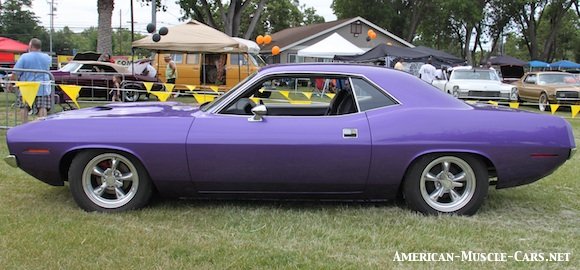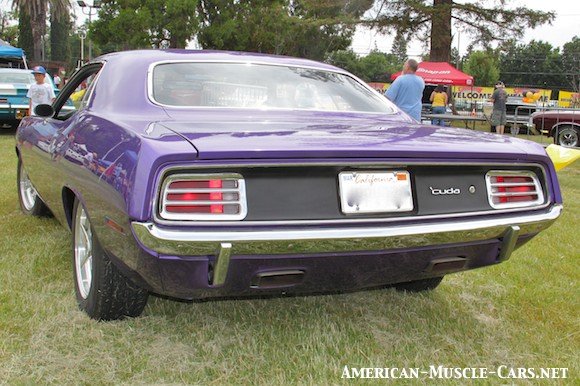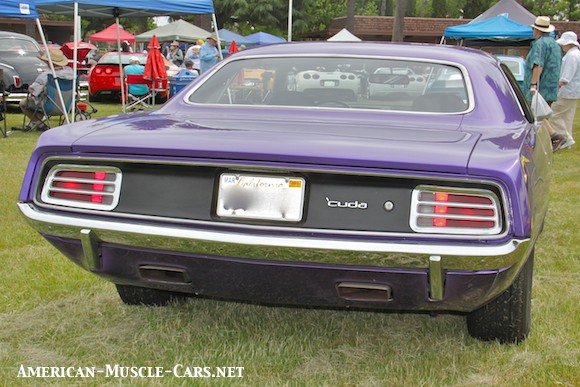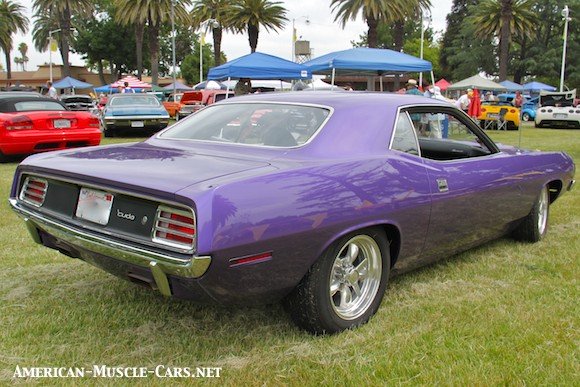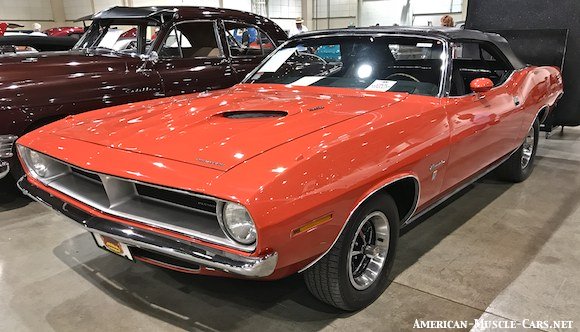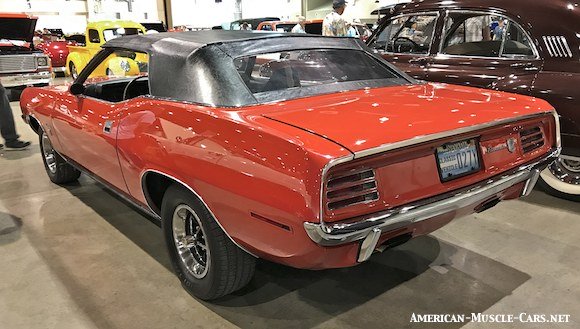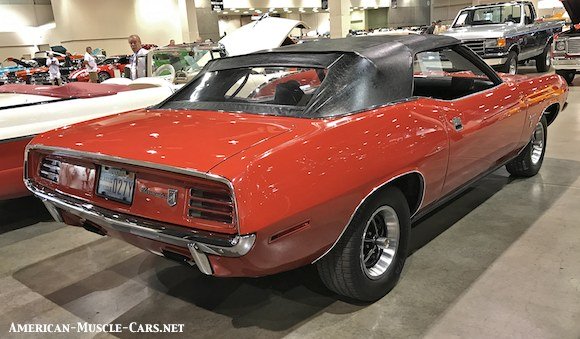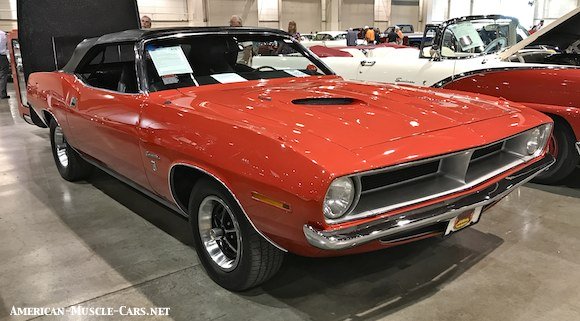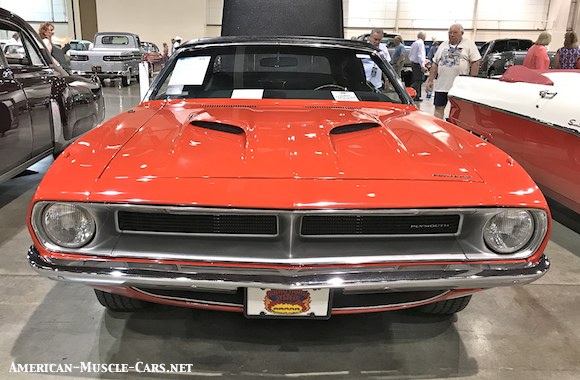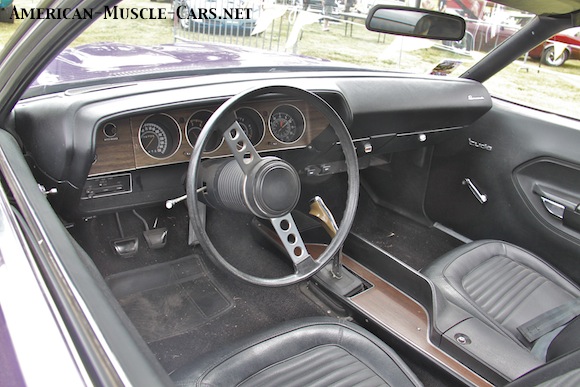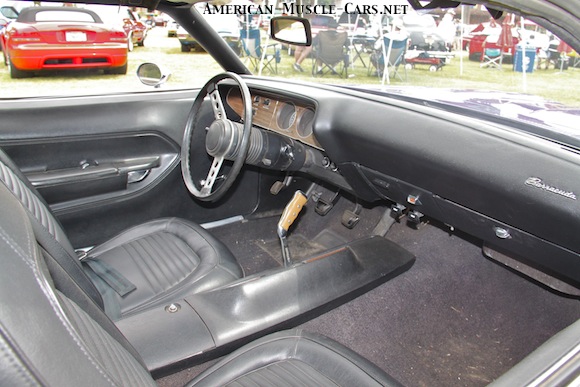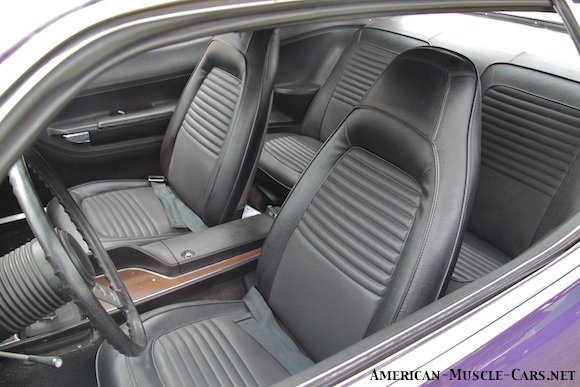1970 Plymouth Cuda
1970 Plymouth Cuda 2-DOOR HARDTOP
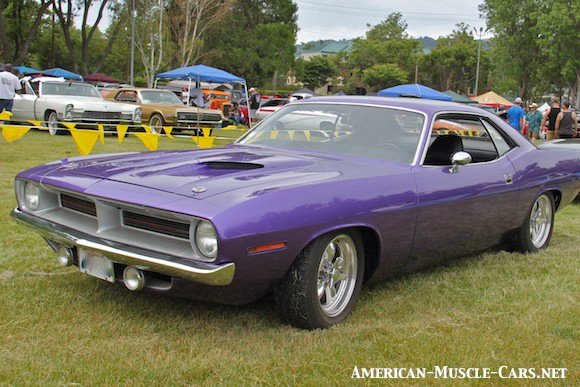
1970 PLYMOUTH CUDA BACKGROUND
While Plymouth was fully ensconced in the Classic Muscle Car Era and the 1960s Horsepower Wars, it was mostly with an assortment of compact and midsized cars with huge engines stuffed in. Classic muscle car-tech. It’s what Chevy did with the Chevelle SS and how Pontiac turned the lowly Tempest into arguably the world’s first muscle car, the GTO. Plymouth had done great business turning the compact Valiant into the first Barracuda, and the midsized Belvedere into the Road Runner and GTX. Plymouth occupied the lower-price-tier in the muscle car market, and did very well for themselves. But, the one thing they were lacking was a bona fide Pony Car, to compete with Mustang and Camaro. The early Barracudas were crude attempts at this, very crude, and not nearly what was needed to tap into this huge new market. It took until 1970 for Dodge and Plymouth to launch their first true Pony Cars, the Dodge Challenger and Plymouth Barracuda. Just in time to hit the peak of the muscle car era in 1970 and to follow it’s decline from then on. Most enthusiasts and collectors consider these Mopar twins to be the best Pony Cars to come out of this era. Unfortunately, they just arrived to late to make nearly the impact that they could have, and should have.
1970 PLYMOUTH CUDA DESIGN
The 1970 Plymouth Cuda shared it’s E-body platform with the Dodge Challenger, although it rode on a 2-inch shorter wheelbase than the Challenger. Interestingly, even though the Challenger had the longer wheelbase, it was 3-inches shorter than the Cuda. While viewed separately, they appear to be similar, they two sister-cars didn’t share a single body panel, and when viewed side-by-side, many differences emerge. Designed by John Herlitz, the new look abandoned the old fastback design in favor of a sporty hardtop with a long hood and short rear deck. It was also available as a convertible. The E-body was actually a modified B-body that had been shortened and widened. Otherwise, it shared all the common hardware out of Chrysler’s parts bin. And the new E-body cars were designed from the start to accept every engine Chrysler built, right up to the massive 426 Hemi.
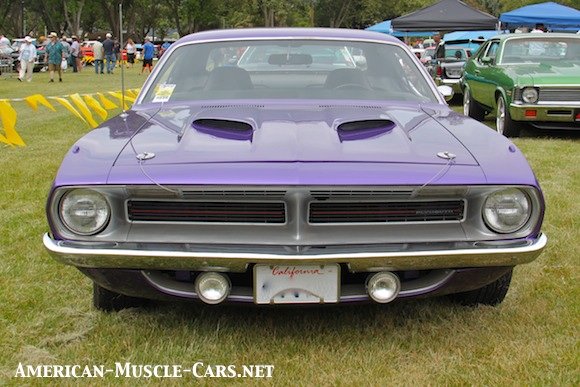
1970 Plymouth Barracuda CONVERTIBLE
1970 Plymouth Cuda INTERIOR
1970 Plymouth Cuda SPECIFICATIONS
| Body style & #
Barracuda Price when new Production Shipping weight Barracuda Gran Coupe Price when new Production Shipping weight ‘Cuda (V8 only) Price when new Production Shipping weight Wheelbase Length Width Height Track, front Track, rear ENGINE OPTIONS C-code G-code H-code J-code L-code L-code N-code U-code V-code R-code |
2-door Hardtop / BH23 (V8) $2,865 25,651 (V8) 3,025 lbs (V8) $3,035 8,183 (V8) 3,040 lbs $3,164 18,880 3,395 lbs 108.0 in / 2743 mm 186.7 in / 4740 mm 74.9 in / 1902 mm 50.9 in / 1293 mm 59.7 / 1516 mm 61.6 in / 1565 mm 225ci OHV I-6 1X1bbl 318ci OHV V8 1X2bbl 340ci OHV V8 1X4bbl 340ci OHV V8 3X2bbl 383ci OHV V8 1X2bbl 383ci OHV V8 1X4bbl 383ci OHV V8 1X4bbl 440ci OHV V8 1X4bbl 440ci OHV V8 3X2bbl 426ci HEMI V8 2X4bbl |
2-door Convertible / BH27
(V8) $3,135 1,554 (V8) 3,100 lbs (V8) $3,260 596 (V8) 3,115 lbs $3,433 635 3,480 lbs 108.0 in / 2743 mm 186.7 in / 4740 mm 74.9 in / 1902 mm 50.9 in / 1293 mm 59.7 / 1516 mm 61.6 in / 1565 mm 145 hp 230 hp 275 hp 290 hp 290 hp 330 hp 335 hp 375 hp 390 hp 425 hp |

